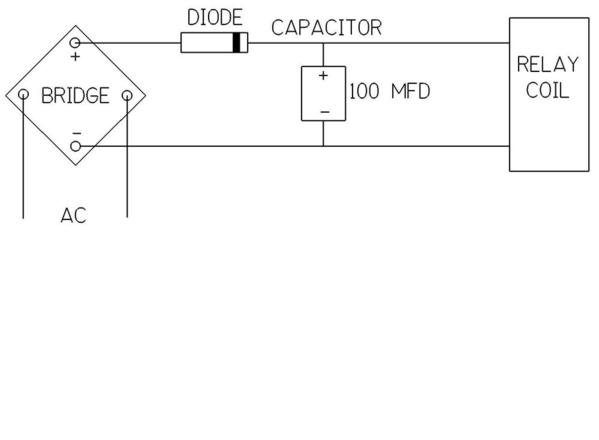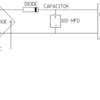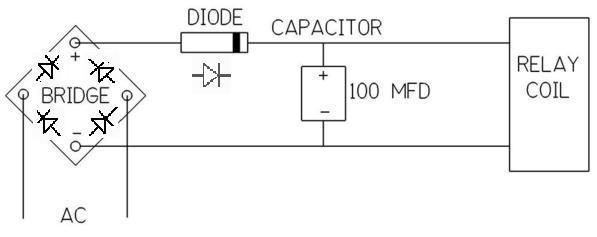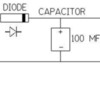This one is for the electrical gurus. I finally put together a relay to use with an MTH block signal. The relay is a 12 V DC relay from radio shack connected to a bridge rectifier and wired so that the green is always on until the relay is triggered by an insulated rail. It works exactly as planned except the relay buzzs continually when the red signal is activated. At times both red and green lights are on at the same time. I thought the buzz was a wiring mistake but could find no flaw in the plan. I even replaced the bridge with another one just in case I had a bad one. I am not invested in this project but wanted to see if I could accomplish this. If all else fails Z stuff has a relay that works just fine, just none of the LHS seem to have them. Any thoughts?








